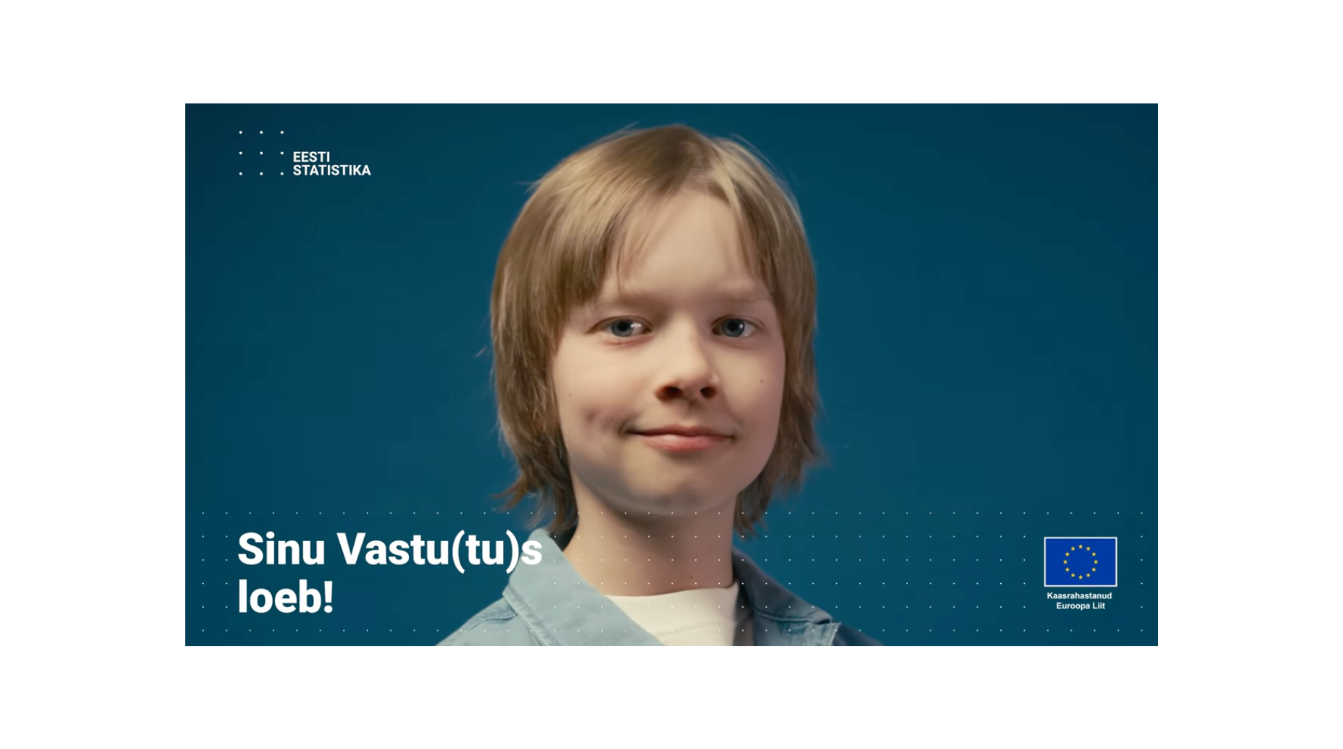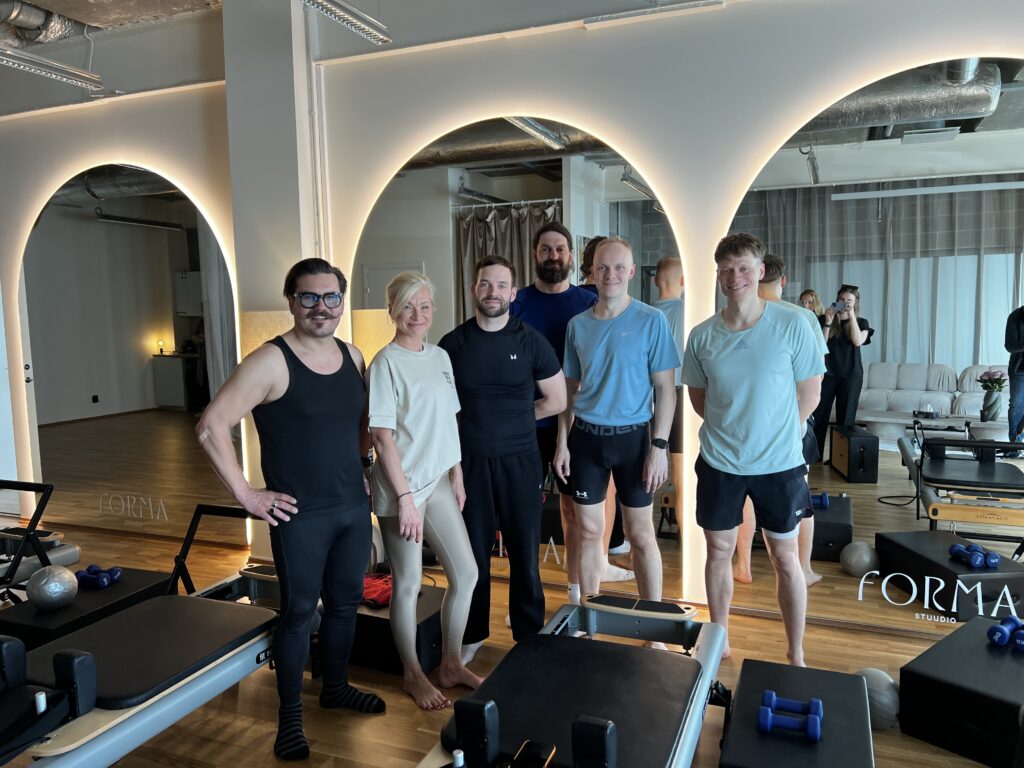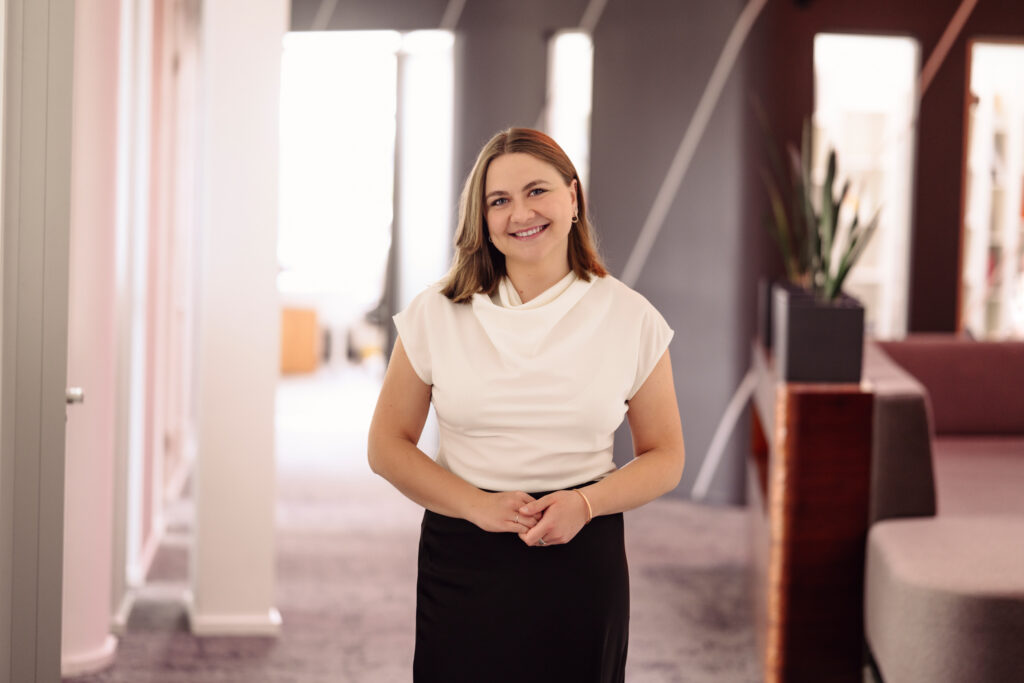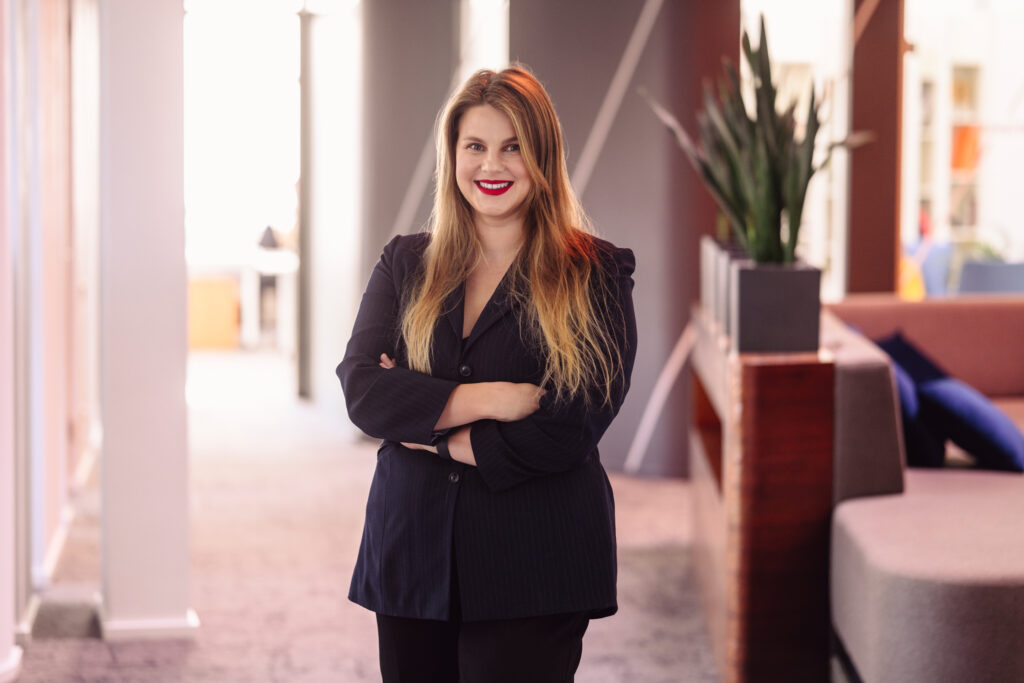How Did We Get People In Estonia To Think About Their Health?


What’s the state of Estonians’ health, where are the weak spots, and what needs to change in the healthcare system? These are just some of the questions that Statistics Estonia (Statistikaamet), the National Institute of Health Development (TAI), and the Ministry of Social Affairs set out to answer with the Estonian Health Survey running from May 2025 through the end of the year.
The Estonian Health Survey has been conducted since 1996 and is the country’s largest health study. At both the national and EU level, large-scale health data are collected through surveys like this, where people answer questionnaires online or by phone. In May 2025, the fifth wave of the survey began. We worked with Statistics Estonia to broaden the survey’s reach and visibility.
Challenges
- The media is results-driven: why would a journalist cover a survey that doesn’t have results yet?
- How do you reach, meaningfully, both a 15-year-old and an 85-year-old and get them to actually take part in the survey?
- How do you engage men, who proportionally respond less often to health surveys than women?
Strategy
Our initial plan was to use results from previous years to build a compelling time series for PR. However, the survey methodology has changed so much over time that, because of data gaps, it wasn’t statistically sound to present results that way.
So we pivoted and focused on sub-themes within the Health Survey. We chose physical activity, alcohol use and smoking, young people’s health, and inequality. We created a strategic communications plan that integrated multiple channels, media formats, and spokespeople across those themes.
First, we wanted to build context around the survey: what it is, why it matters, who needs to respond, how it’s conducted, and what it involves. Thanks to targeted media outreach, explanatory interviews and articles about the survey appeared on the radio, TV, and online. We earned coverage in Eesti Päevaleht (EPL), “Reporter,” Kuku Raadio, Retro FM, Tervisegeenius, Rus Delfi, and Äripäeva Meditsiiniuudised. Youth health, inequality, and alcohol use were featured on Raadio 2 (R2), Delfi Tervis Pluss, and Tervisegeenius.
But to reach more people across ages and socio-economic groups, we knew we’d need to go beyond classic interviews and articles and tap other formats and channels.
We therefore spotlighted the “movement” theme with an open workout tied to the survey, inviting well-known Estonian male actors to a reformer Pilates class. This also highlighted men’s health and the fact that women tend to respond to health surveys more often, even though collecting men’s health data is essential. The class was covered by “Ringvaade” reporter Kaidor Kahar, who took part himself.

The segment went on to ERR’s website and social channels, and to Kroonika, where the focus turned to the actors’ alcohol use and smoking.
A Member of the European Parliament popular among young people, Jüri Ratas, also showed his support, posting a social-media video urging people to take part. Because the survey targets everyone in Estonia aged 15 and up, social media was the most effective way to reach younger audiences.
PR alone isn’t enough
Large campaigns like this can’t rely on PR alone – you also need paid advertising and social-media videos. Our creative partner, agency VAAS, produced the survey’s video ads.
The concept was simple: hold up a mirror to today’s fast-paced society and appeal to people’s conscience to look beyond themselves. The protagonist is a young boy who literally steps into the shoes of a pensioner, a working-age adult, and a teenager. Through unusual, humorous scenarios, he shows how each audience reacts when invited to take part in the survey: “I’d answer if I had the time.” In the final scene, the boy steps back into his own shoes and makes a plea: “Please make the time.” If not for yourself, then for future generations – the ones who will be affected most.
The videos had a very broad reach: across Facebook, Instagram, and YouTube, they reached 632,168 unique users and achieved 4 million views – almost four times our original target. Audience feedback in the comments was notably positive, praising the fresh, original concept. Many agreed with the societal concern and supported the campaign’s message.
Results
Doubled
the target for unique media placements
Over 4 000 000 times
the social media clips were viewed
Nearly one in two Estonians
saw the campaign cumulatively
Meta team

Grete-Liina Roosve Junior Consultant

